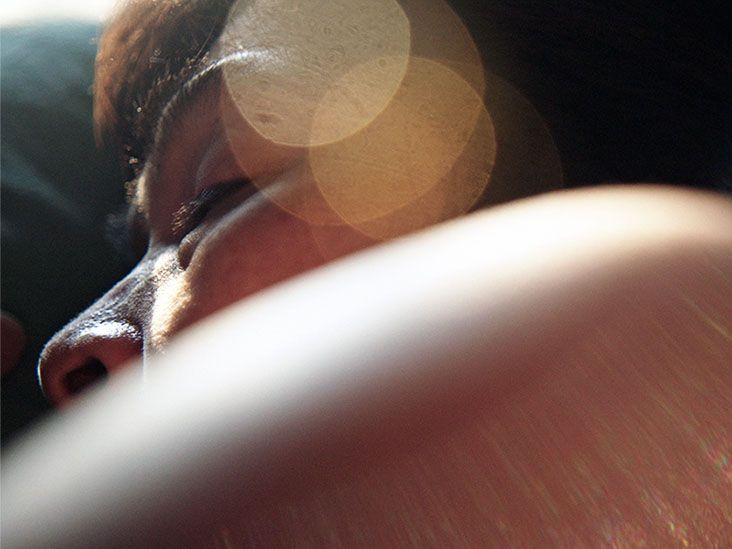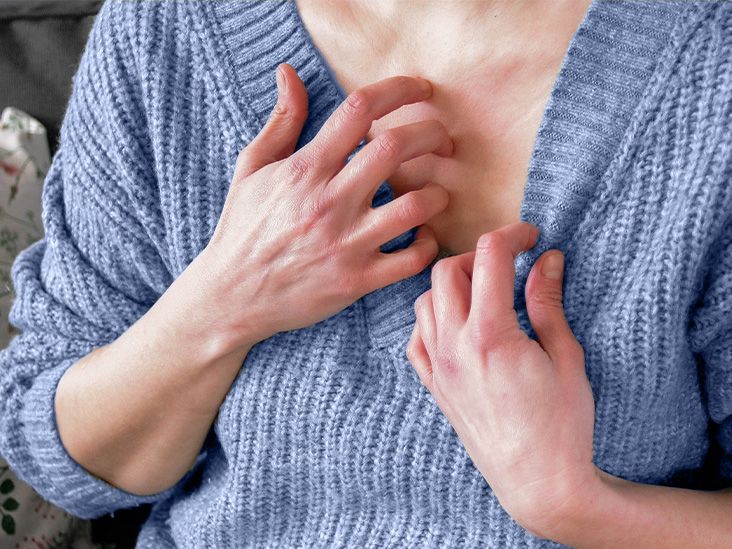Bone demineralization (BD) is not the same as osteoporosis. Rather, BD is a process that can make the bones susceptible to osteoporosis.
BD is a process in which bones lose minerals that are essential for their strength and resilience. Osteoporosis is a condition characterized by weak bones that are prone to fracture.
This article discusses the differences between BD and osteoporosis and outlines some factors that can cause and contribute to BD. We also discuss whether BD is painful and list some of the treatment options available.
A note about sex and gender
Sex and gender exist on spectrums. This article will use the terms “male,” “female,” or both to refer to sex assigned at birth. Click here to learn more.

Bones contain minerals such as calcium and phosphorous. These minerals increase bone strength and resilience. They also help lower the risk of fracture.
BD is a
Osteoporosis is a medical
BD and osteoporosis are not the same. Rather, BD is a process that can make bones susceptible to osteoporosis.
Different diseases and medical conditions can cause BD, which may result in osteoporosis.
Doctors will conduct a bone density assessment (BDA) to objectively determine whether bone demineralization has progressed to osteoporosis.
Doctors may recommend a bone density test for
- women over 65 years of age
- individuals at risk of osteoporosis due to certain medical conditions or the use of certain medications
The
Doctors use certain criteria to interpret bone mineral density after a DEXA scan. Two
Doctors may refer to the T-score when assessing bone health in postmenopausal females or males over the age of
The T-score represents the difference between a person’s bone mineral density and 0. Individuals with a higher T-score have healthier bones, while those with a lower T-score have a higher risk of bone fractures.
The different T-scores and their associated implications are outlined
- A T-score of 1 or above: Indicates that the bones are healthy.
- A T-score between –1 and –2.5: Indicates osteopenia, which is a condition of low bone mineral density that is less severe than osteoporosis.
- A T-score of –2.5 or lower: May indicate osteoporosis.
Doctors may refer to the Z-score when assessing bone health in premenopausal females and males below the age of
The Z-score represents the difference between a person’s bone mineral density and the average bone mineral density of a healthy person of the same age, sex, and ethnicity.
A Z-score of
Osteoporosis has multiple contributing factors and causes. Some, but not all of these, are preventable.
Some factors that can contribute to BD and osteoporosis
- aging
- hormone changes
- lifestyle habits, such as:
- excessive dieting or a diet low in calcium, vitamin D, or protein
- low levels of physical activity
- smoking
- chronic heavy alcohol consumption
- certain underlying medical conditions, such as:
- endocrine disorders
- gastrointestinal diseases
- anorexia nervosa
- rheumatoid arthritis
- HIV or AIDS
- certain cancers
- use of certain medications, such as:
- glucocorticoid steroids
- proton pump inhibitors
- selective serotonin reuptake inhibitors (SSRIs)
- antiepileptic medications
- certain cancer medications
BD does not always lead to osteoporosis. In some cases, when caught earlier enough before severe demineralization has occurred, a person can take steps to prevent or slow further bone demineralization.
The
- staying physically active
- performing weight-bearing exercises, such as walking
- eating foods rich in calcium and vitamin D
- drinking alcohol in moderation
- quitting smoking
BD does not typically cause pain. However, it can occur alongside other bone conditions that may be painful.
For example, BD can occur as a result of “osteomalacia.” This disorder involves the softening of the bones due to vitamin D deficiency. It can cause aching bone pain,
- the lower spine
- the pelvis
- the knees
- the ankle joints
- the bones of the legs and feet
BD can also lead to fractures, which can be painful.
The treatment for BD focuses on stopping or slowing this process and preventing osteoporosis.
Doctors may recommend a combination of non-pharmacological and pharmacological treatments.
Non-pharmacological treatments
Non-pharmacological treatment options for bone demineralization
- consuming a diet rich in calcium and vitamin D
- taking supplements, such as calcium and vitamin D
- drinking alcohol in moderation
- quitting smoking
Pharmacological treatments
Pharmacological treatment options for BD are those that use medications to slow down bone loss or rebuild bones.
Medications that can help slow bone loss
- bisphosphonates
- calcitonin
- RANKL blockers
- estrogen
Medications that can help rebuild bone
- drugs that inhibit the protein “sclerostin”
- the synthetic human parathyroid hormone Teriparatide
BD is a process in which the bones lose minerals that are essential for their strength and resilience. Osteoporosis is a condition characterized by weak bones that are susceptible to fracture. BD and osteoporosis are not the same. Rather, BD makes bones more susceptible to osteoporosis.
Various factors can cause or contribute to BD and osteoporosis. Examples include aging, dietary deficiencies, and certain underlying medical conditions.
Treatments for BD can help prevent osteoporosis. Examples include eating a diet rich in calcium and vitamin D, performing weight-bearing exercises, and quitting smoking. Medications are also available to help slow bone loss and rebuild bones.


